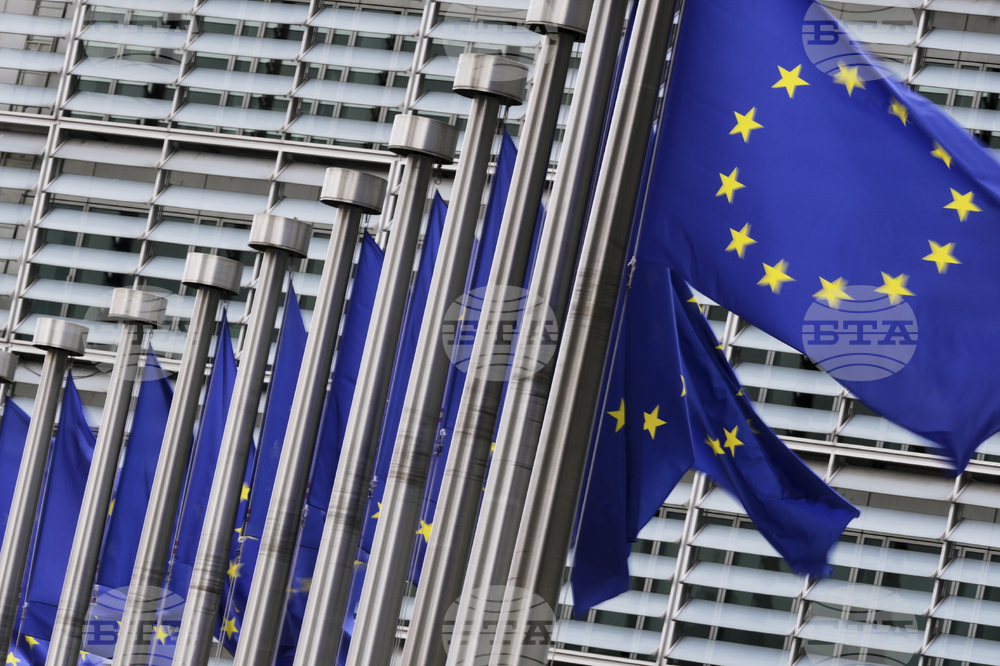site.btaEuropean Commission Unveils Comprehensive Plan to Strengthen European Defence Capabilities


The European Commission Thursday unveiled a plan to strengthen European defense by 2030, which also considers the possibility of a high-intensity conflict. The development of the plan was commissioned by the European Council in June of this year. The Defence Roadmap "outlines clear objectives and milestones to close capability gaps, accelerate defence investments across Member States, and guide the EU's progress towards full defence readiness by 2030", as stated in an EC press release.
It also says that strengthening Europe's defence "also means standing firmly with Ukraine".
European Commission President Ursula von der Leyen said: “The recent threats have shown that Europe is at risk. We have to protect every citizen and square centimetre of our territory. And Europe must respond with unity, solidarity and determination. Today's Defence Roadmap presents a clear plan with shared goals and concrete milestones on our path to 2030. Because only what gets measured gets done. Moving from plans to action, the Roadmap proposes four European Flagships: the European Drone Defence Initiative, the Eastern Flank Watch, the European Air Shield, and the European Space Shield. This will strengthen our defence industries, accelerate production and maintain our long-standing support to Ukraine.”
The Defence Roadmap proposes four initial European Readiness Flagships: The European Drone Defence Initiative, the Eastern Flank Watch, the European Air Shield, and the European Space Shield. These will reinforce Europe's ability to deter and defend across land, air, sea, cyber, and space while contributing directly to NATO capability targets.
It says that achieving full defence readiness means ensuring that Member States' armed forces can anticipate, prepare for, and respond to any crisis, including high-intensity conflict. The roadmap calls on Member States to complete the formation of Capability Coalitions in nine key areas: air and missile defence; strategic enablers; military mobility; artillery systems; cyber, AI, electronic warfare; missile & ammunition; drones & counter-drones; ground combat; and maritime.
"Closing gaps requires an EU defence industry that can deliver the capabilities that Member States need at the necessary scale and speed. The full potential of innovation for defence, including Ukrainian solutions, should be tapped. The resilience of defence supply chains should be secured, including by reducing critical dependencies in raw materials and other critical inputs," the press release says.
The plan aims to create a unified EU defence equipment market by 2030 to boost production, innovation, and efficiency, focusing initially on air and missile defence, drones, and space systems.
The European Commission and the High Representative will present this roadmap to the European Council, including the proposals for pan-European flagship projects that will guide Europe to full defence readiness by 2030.
One of the leading projects aims to support the countries along the eastern border of the EU in countering hybrid activities and the threat of armed attack. This project will prioritize linking the air defense systems of the countries on the Black Sea and the Baltic Sea, in addition to NATO’s activities. Work on this project is expected to begin in the first quarter of next year, with a deadline for completion by the end of 2028.
Russia represents a persistent threat in the foreseeable future; the countries on the eastern border face the greatest direct danger from Russia and Belarus, according to the Commission’s proposal.
The roadmap also sets out plans to establish an EU-wide military mobility area by 2027, with harmonized rules and a network of land, air, and sea routes to move troops and equipment swiftly across Europe. Developed in close coordination with NATO, this will strengthen Europe's ability to respond rapidly to crises, the Commission says.
/NF/
news.modal.header
news.modal.text